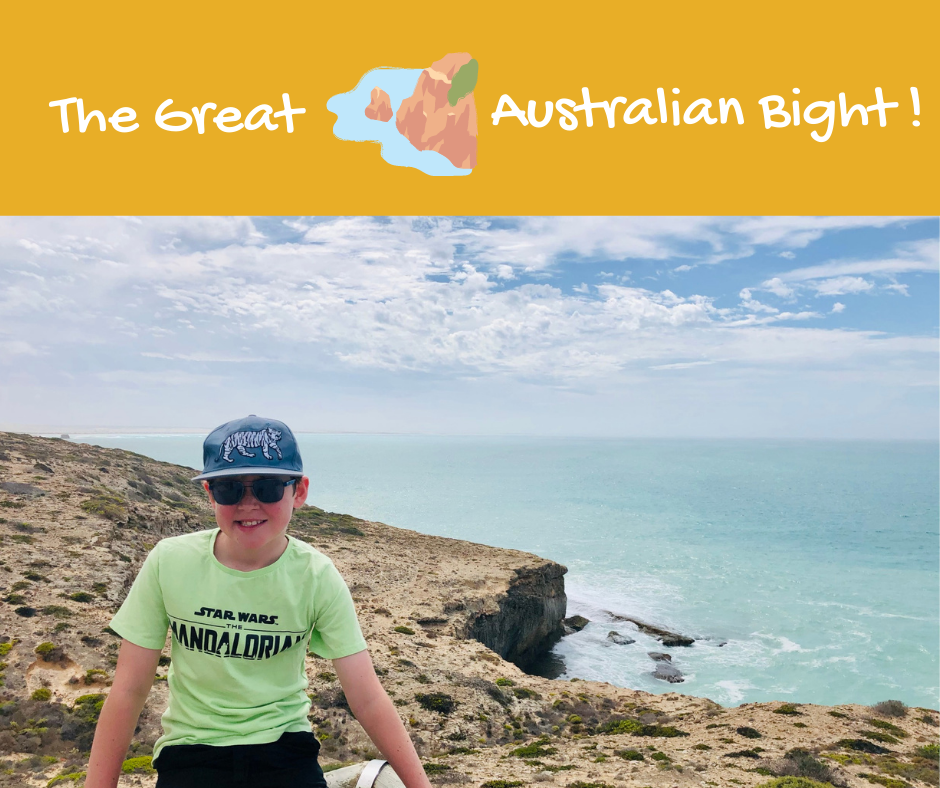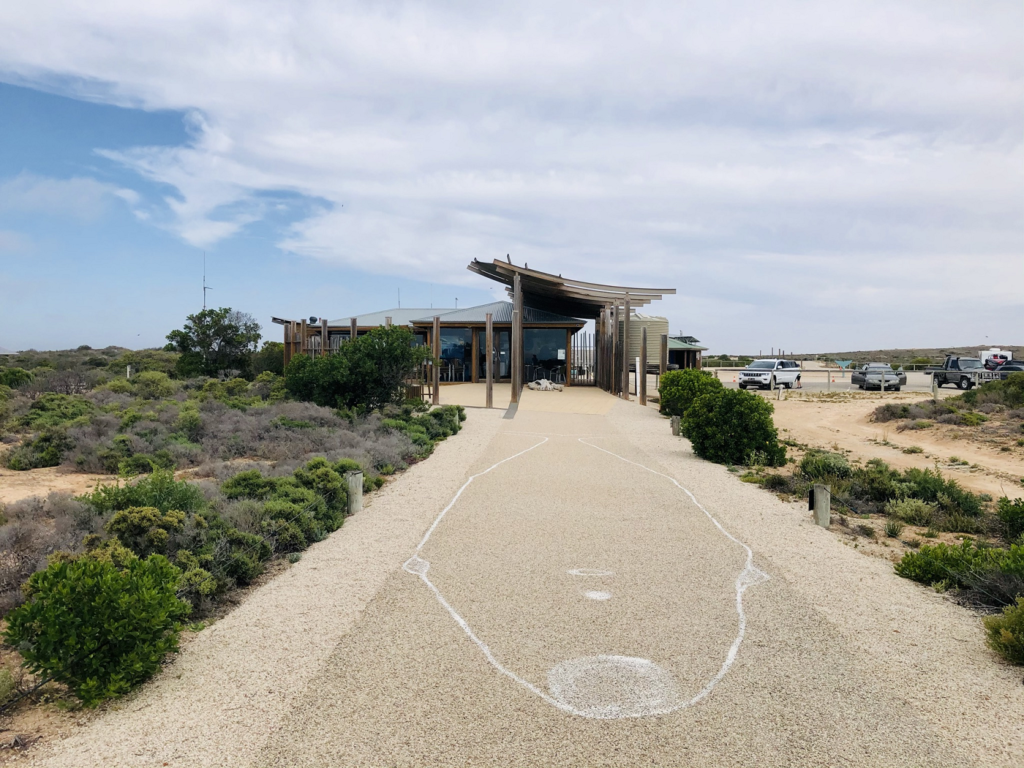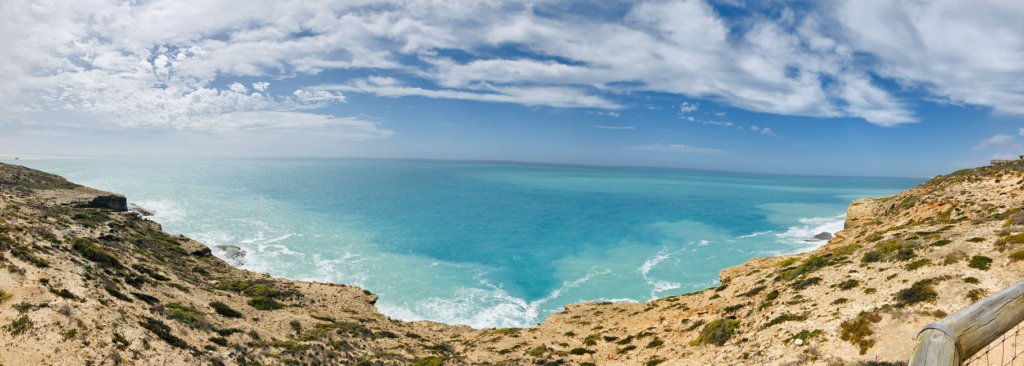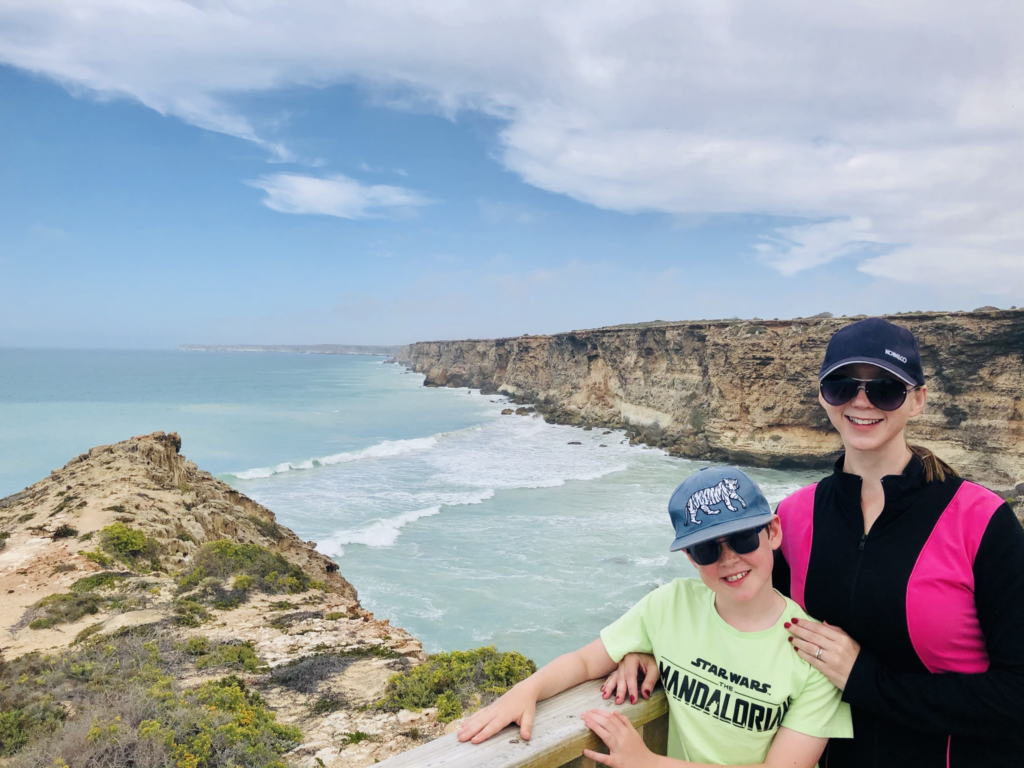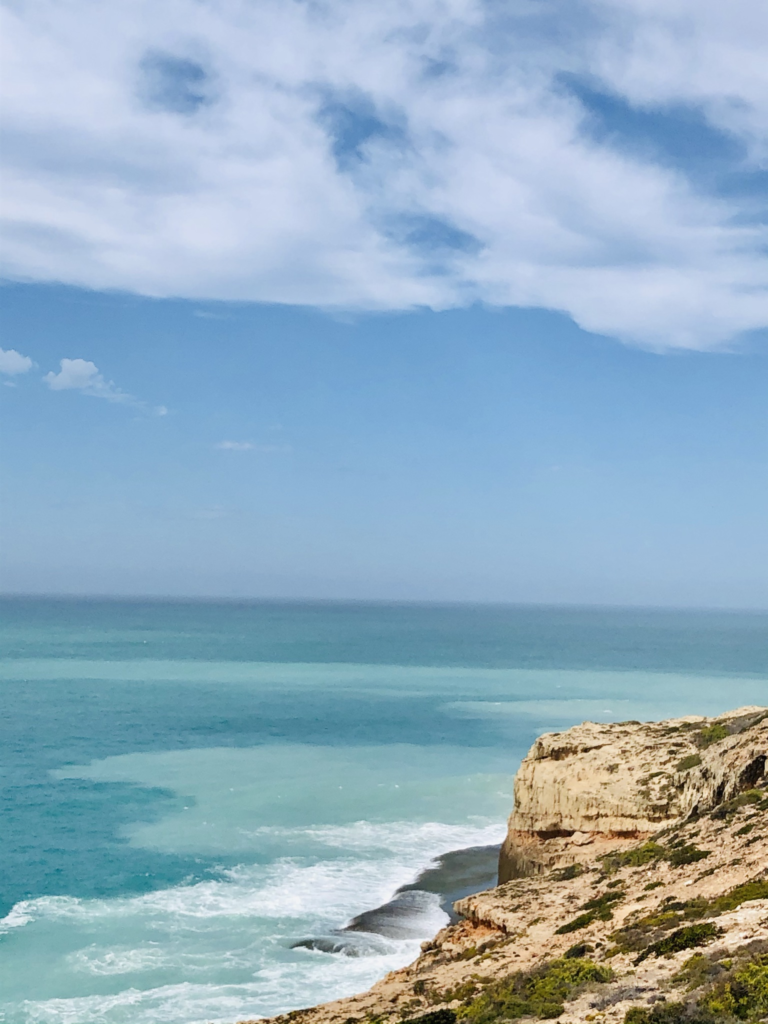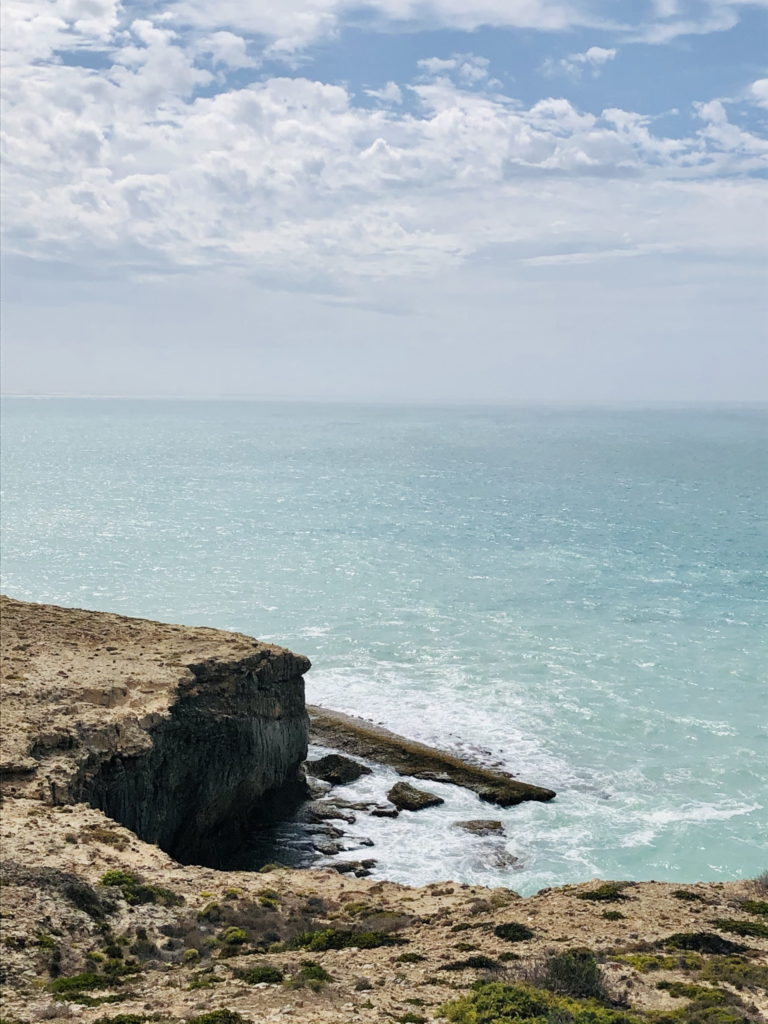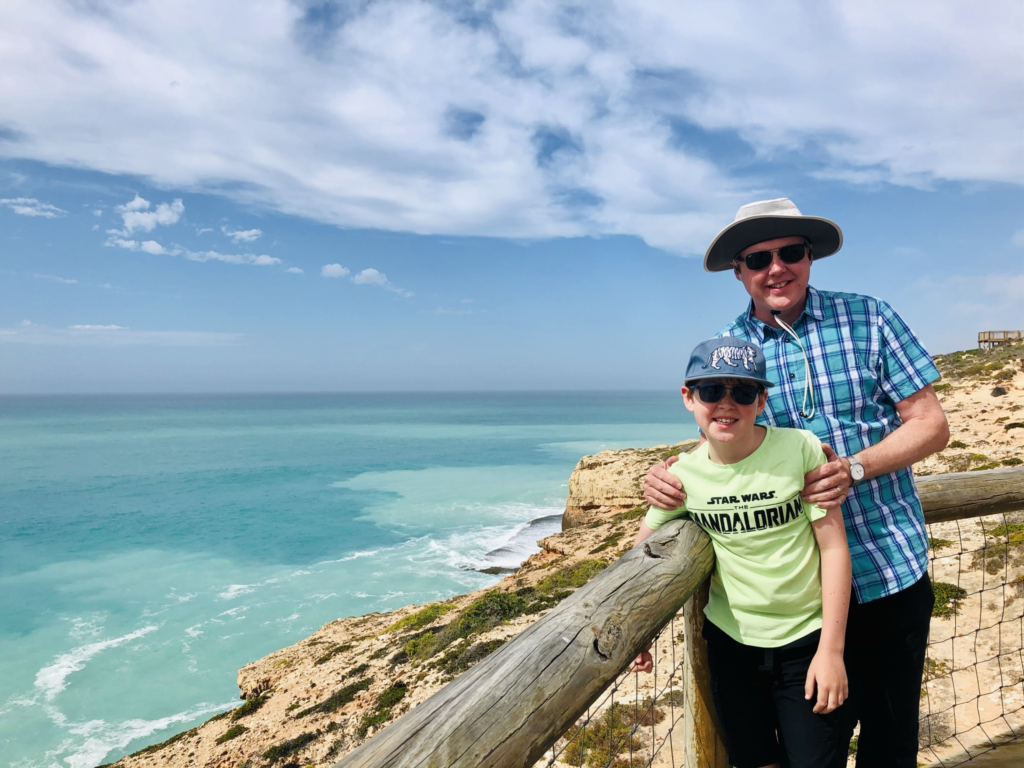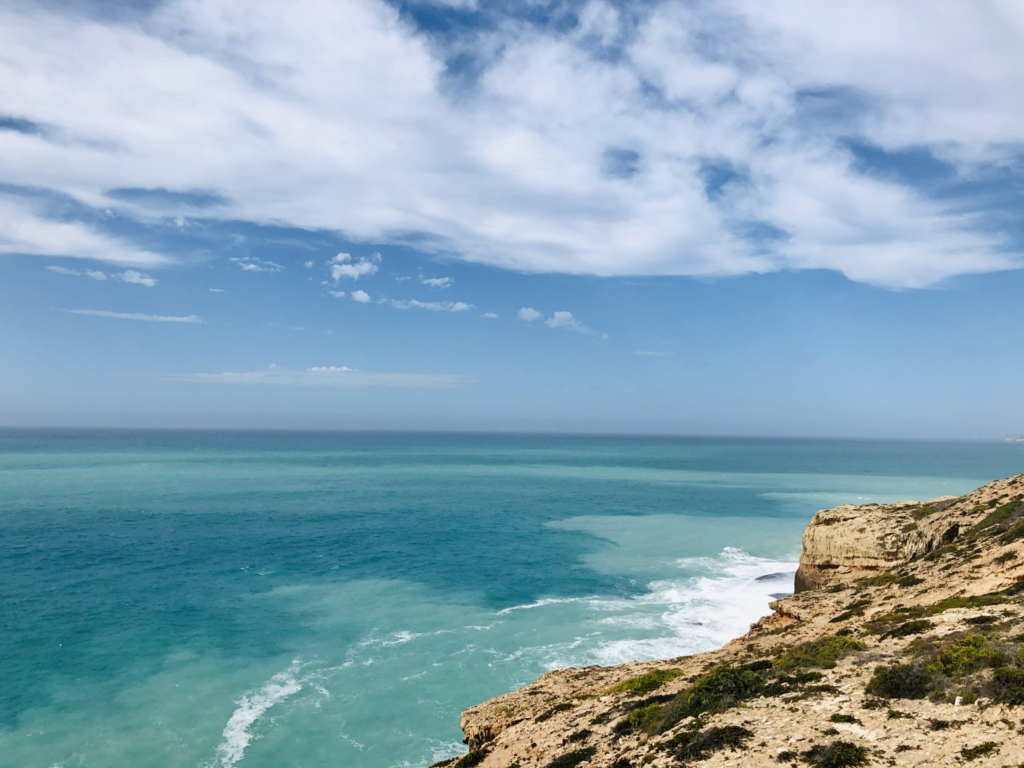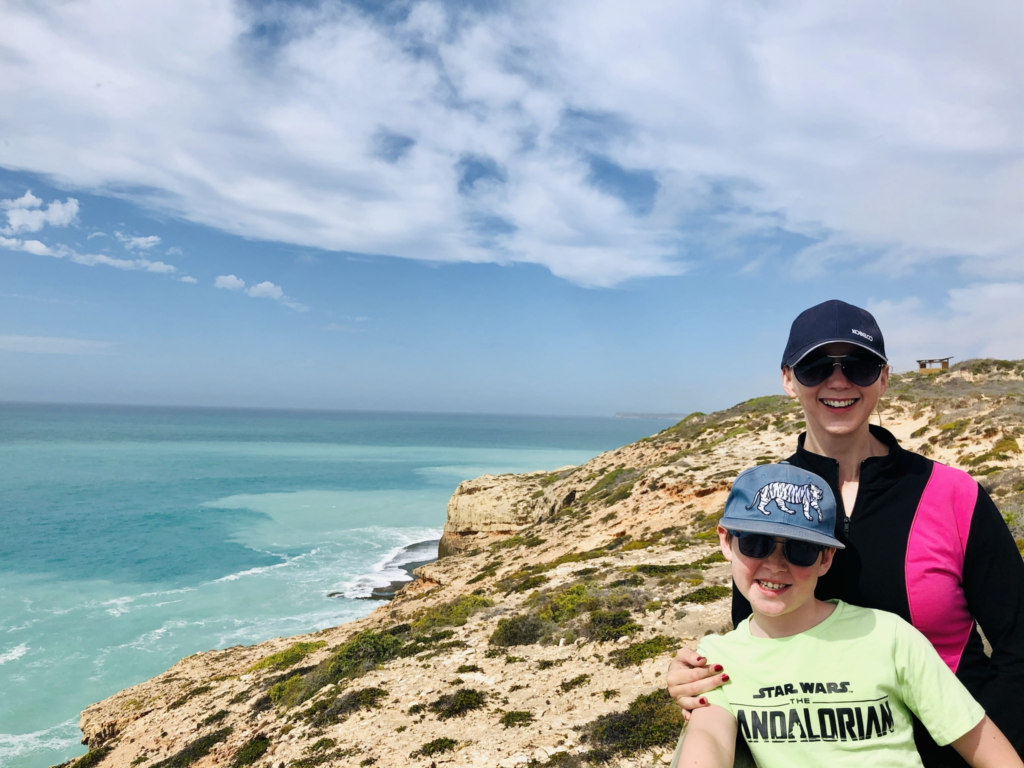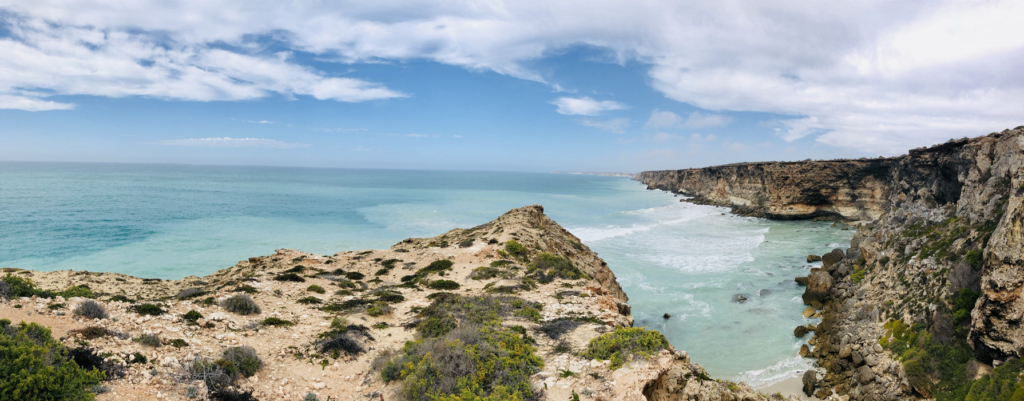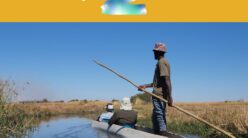We were driving the Nullabor road from Melbourne to Perth with our 9-year-old Kidsetter and dog in tow. We stopped and explored the Head of Bight visitor’s centre. A lovely lady welcomed us and very sweetly minded our dog so we could enter the Head of Bight.
Moments later we walked down the zig zagged pathway to the cliffs of the Head of Bight we were in awe. It is truly a view like no other.
Australia was once part of a much larger Antarctic landmass. About 200 million years ago a deep rift occurred in the Earth’s crust. It admitted the ocean and finally, 60 million years ago, Australia separated from Antarctica and began drifting northward.
The continental shelf formed from the rift with Antarctica extends 200 kilometres south of the coast. A series of uplifts and rising sea levels formed the Bunda Clifffs. The coastline took it’s basic present shape two to three million years ago.
The Great Australian Bight Marine Park covers over 2 million hectares and protects many of the Great Australian Bight’s species and habitats. This region is one of the most biologically diverse areas in the world.
The magnificent Southern Right Whale visits the southern coast of Australia each year. The whales come to mate, give birth and raise their young through the winter, before departing for the Southern Ocean at the beginning of summer. There are around 15,000 Southern Right Whales in the world and more than 900 whales have been recorded visiting Head of Bight.
Dolphins and Australian Sea-lions also live within sight of the towering Bunda Cliffs and ancient sand dunes.
The presence of a range of currents such as the Leeuwin Current carrying drifting tropical waters from the north along the west of Western Australia around Cape Leeuwin and blending through the Great Australian Bight combined with the geological features of the continental shelf has provided the conditions to sustain a uniquely diverse range of marine life.
Standing at the edge of the Head of Bight you are welcomed by perfect natural forms flowing across the land and sea. This is a special location steeped in cultural significance and a diverse range of remarkable and complex ecosystems. It is a place that offers Kidsetters the opportunity to experience the majestic and the subtle elements of nature.

